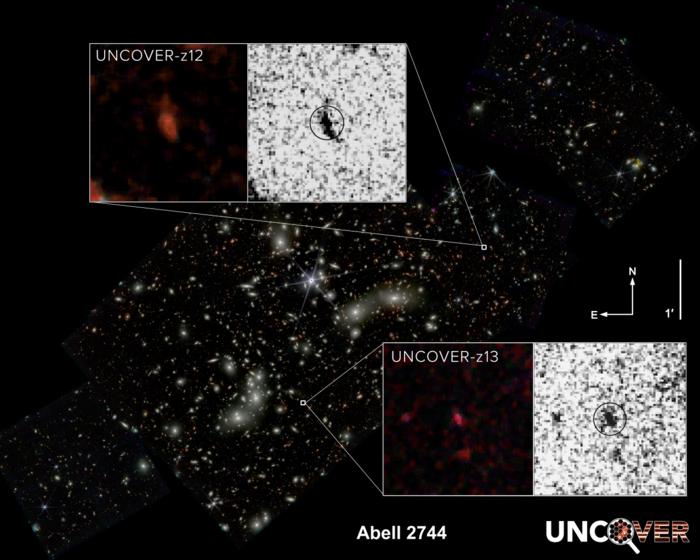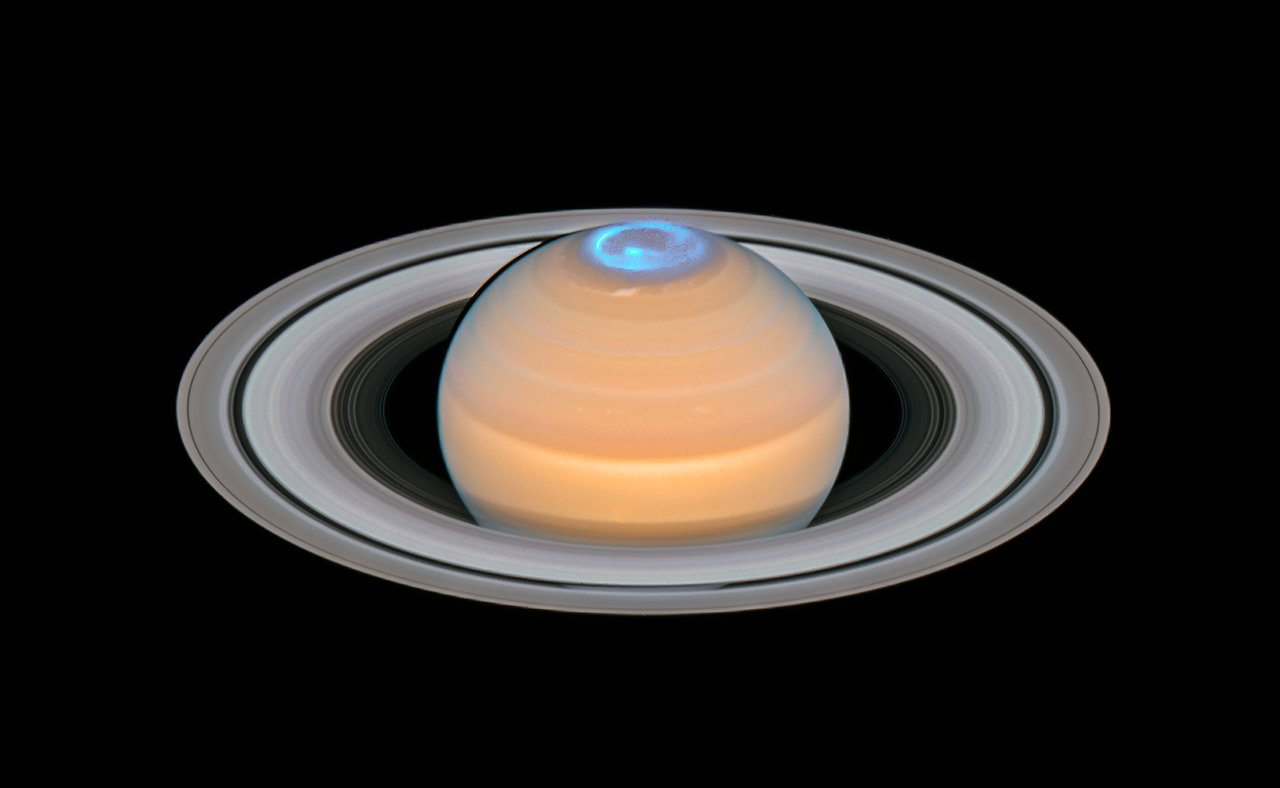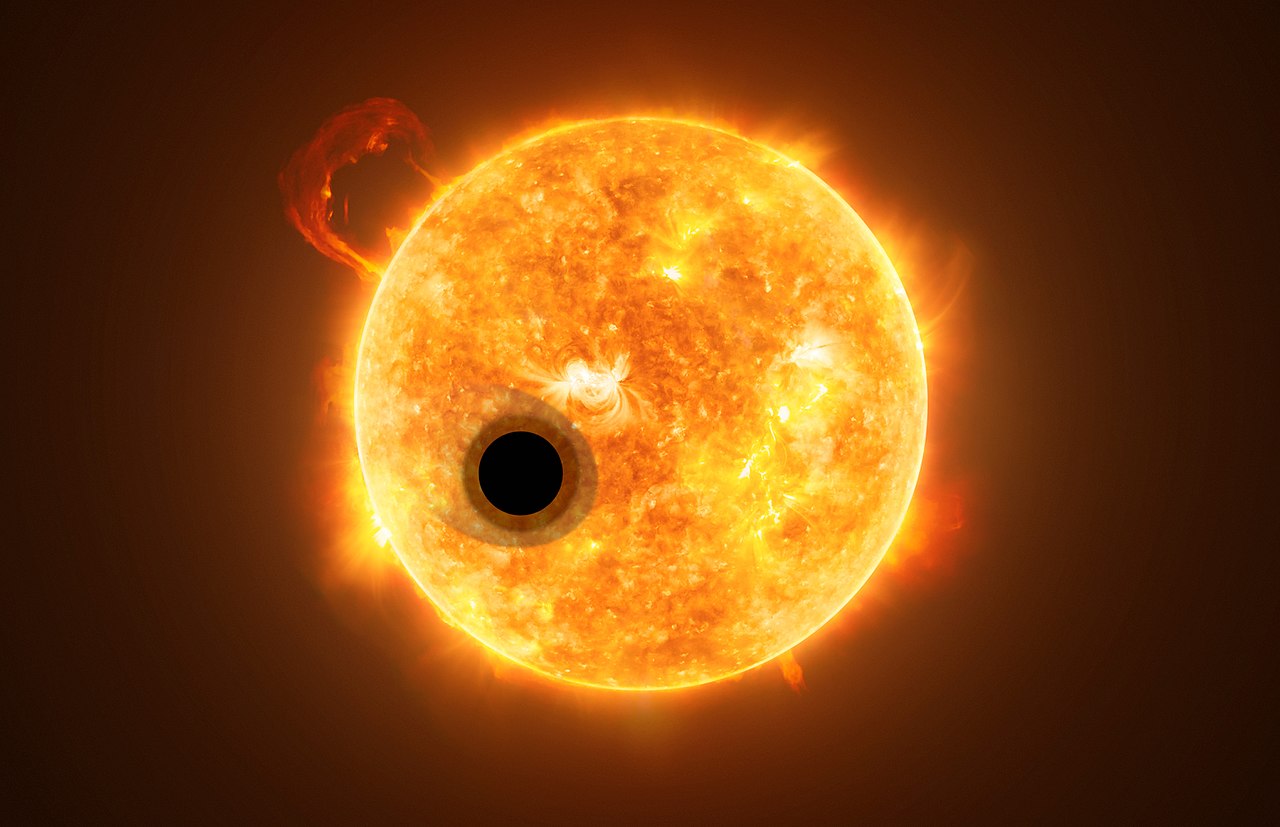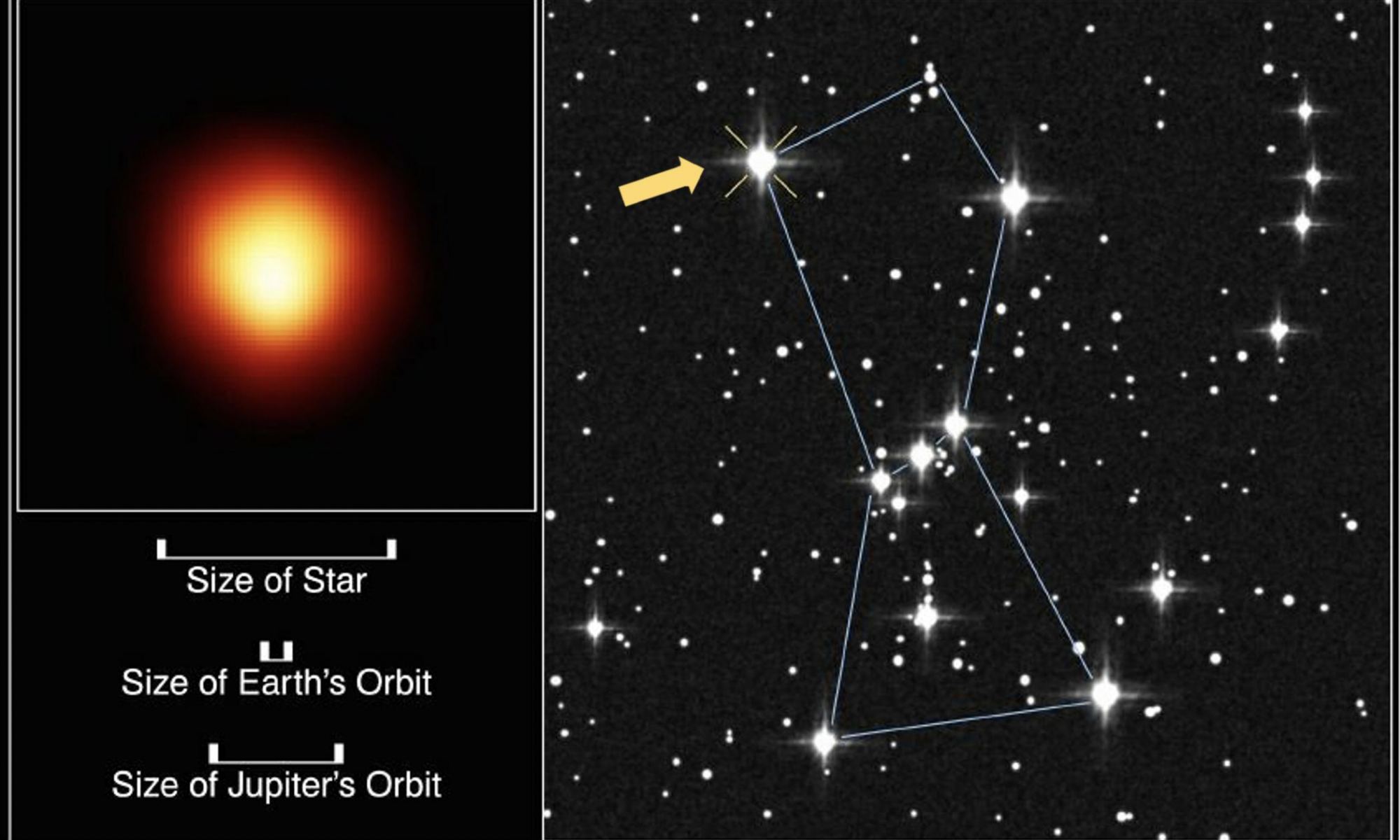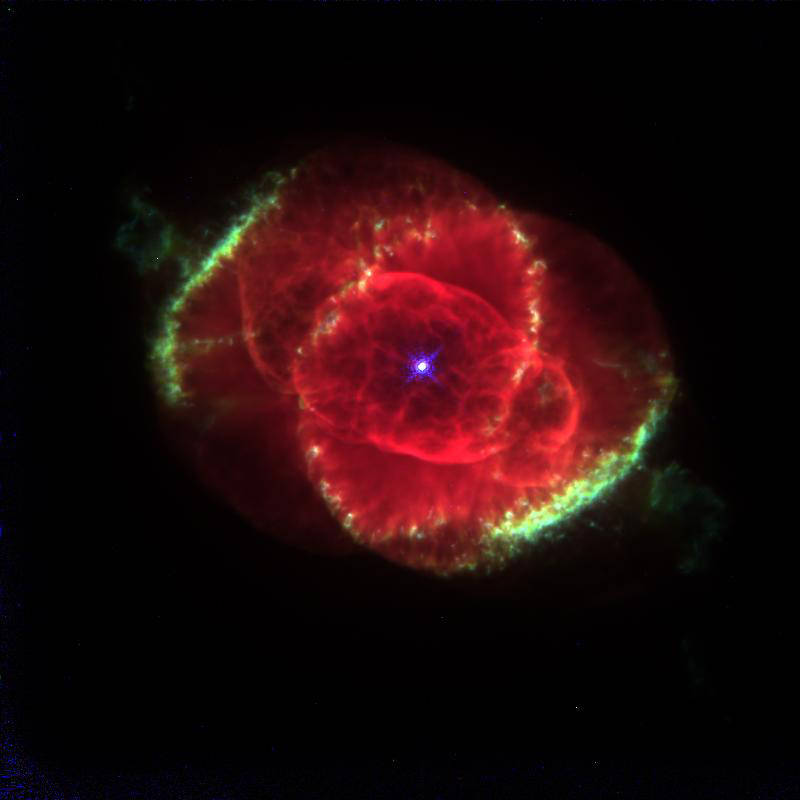I have lost count of how many times I have given public lectures and explained the temperature differences between Mercury and Venus. How Mercury, surprisingly isn’t the hottest planet in the Solar System and how that badge goes to Venus, thick atmosphere blah blah blah. Mercury and its complex surface geology does of course get a good chunk of time but a recent paper has rather caught my attention and turned what I thought I knew about Mercury on its head! In short, a team of scientists have announced evidence for salt glaciers on Mercury!
Continue reading “There Were Glaciers… on Mercury?”There Were Glaciers… on Mercury?


